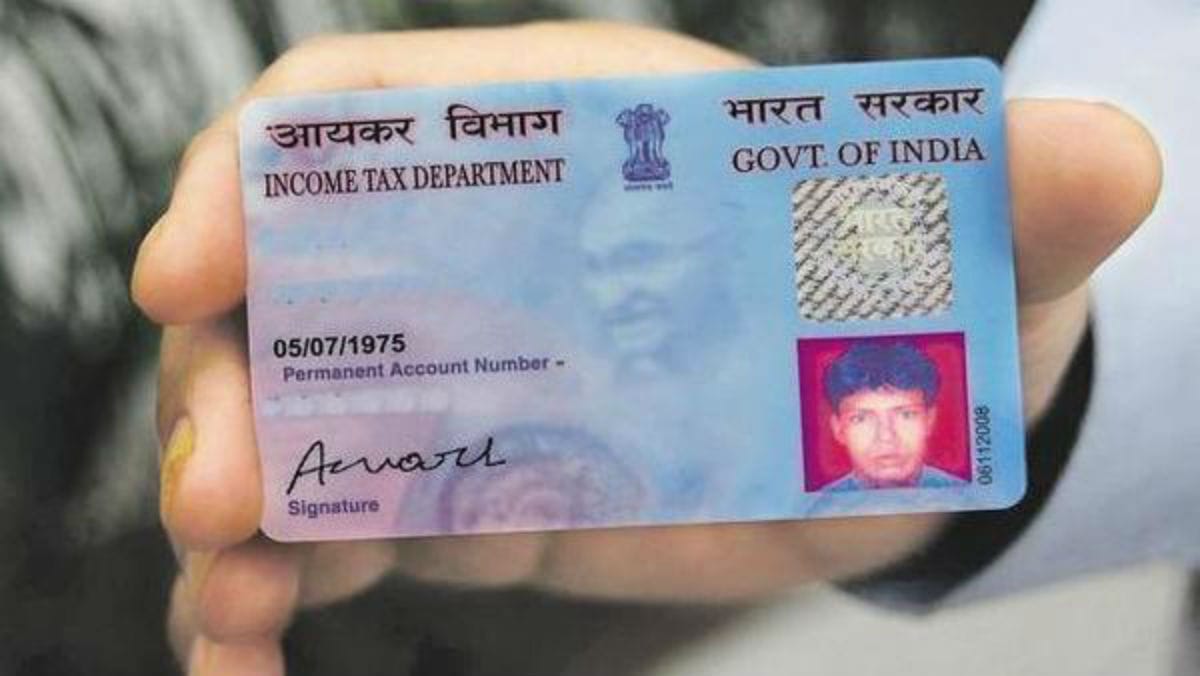Earlier the common perception was that the Income Tax Department is just tracking your income, and its source, like how much money you make and from where that monkey comes, but that is not the case anymore, now the IT department also wants to know where you are spending your money and with the help of new ITR form the Income Tax Department is going to keep a close watch on your expenses and best things is you have no escape from it.
Shocking but true. Now you will have to give the details of your expenses to the Income Tax department and the new ITR form has been designed keeping this factor in mind, said the sources. The main target of the Income Tax department will be obviously the high spenders, it is better and easier to track down the high spenders than the small-time spenders, said the sources.

According to the reports, The income tax department is now not just interested in knowing you’re income, but they also want to know how you spend that money, The changes incorporated this year’s ITR forms are significant because it is seeking more disclosures, said the sources.
According to the reports published in the Live Mint website, The finance ministry has relaxed eligibility conditions for filing ITR-1 and ITR-4 forms, yet no changes have been made in the new ITR forms which were notified last week. The changes are significant this time as the taxman is seeking more disclosures from the taxpayer.
The Tax department is becoming more rapid in their work somehow and for the 20-21 Assessment year, you will be able to file your ITR on 1st April itself as the income tax department wants to ensure that the e-filing utility for filing of return for assessment year (AY) 2020-21 is available a day after the end of the financial year.
With the new development in the place now the income tax department will be able to find out if you have filled the false information in your tax returns since the IT department will be now going to make use of AI (Artificial Intelligence) to track your expenses and income and if there are any discrepancies in your tax returns.
Here are the details of who can fill ITR Form 1 and Form 4
According to the reports, the ITR form 1 which is also known as Sahaj (Saral) is mainly meant for salaried individuals who are making up to 50 lakh rupees annually and those who have their income from house property, interest income, family pension income, etc can also use this ITR form.
Your Foreign Trips and Electricity Bills you cannot hide it from the Income Tax Department. It is impossible to do any manipulations on these two things and Income Tax people know about it and that is where they will be tracking your expenses.
But the above option is not available for the individuals who are either director in a company or have invested in unlisted equity shares or have carried forward any loss under the head ‘Income from House Property’.
The ITR-4 form is the one that will be targeting the high-spenders, with the help of this form the IT department will keep the watch on the foreign travels and electricity bills of the high spender which they will not be able to hide event if they wish to.

The ITR-4 Form also known as Sugam is to be filled by the Individuals, HUFs and Firms (other than LLP) having total income up to 50 lakhs. Here are the 10 things you need to know about the ITR-4 Forms.
1) Filing of ITR required only PAN and Aadhaar numbers, which are interlinked, so far. But now onwards, both ITR-1 and ITR-4 forms require you to also declare your passport number, in case you own one.
2) The new rules do not allow filing in ITR-1 when return is filed in response to notice u/s. 153A or 153C (i.e. search-related assessment), Shailesh Kumar, Director, Nangia Andersen Consulting, said.
3) The new forms seek comprehensive details of employer i.e. TAN, nature of the employer, address.
4) In case of more than one employer during the financial year, you now have an option of adding multiple rows for gross salary. Also, ITR-1 form requires that any allowances exempt u/s. 10 are included in the total gross salary.
5) You will now have to give the address of any house property you own in ITR forms. In case of let out property, the new form seeks tenant details i.e. name, PAN or Aadhaar number. You will also have to disclose the amount of rent which cannot be realized.
To avoid the leakage of the taxes the income tax department takes various measures. Linking the PAN card with the Bank Account, Linking Aadhar with the PAN and Linking Bank account with the Aadhaar but still, people manage to evade taxes but the new amendments in the ITR-4 Form will change the scenario.
6) The new ITR-1 form requires to give separate disclosure of deductions under Sections 80CCC, 80CCD(1), 80CCD(1B), 80CCD(2), 80DD, 80DDB, 80E, 80EE, 80EEA, 80EEB, 80GG, 80GGC and 80U.
7) ITR-4 form also wants to know whether the taxpayer spent more than ₹2 lakh in foreign travels. Income tax expert Shailesh Kumar said the new disclosures will make it easier for the authorities to track whether their expenses are proportionate with disclosed income. “The new ITR forms seek additional details and disclosures from the taxpayers in a bid to plug the tax leakages. These alterations may even be because the government is slowly moving towards e-assessments and is thus seeking a greater clarification from the taxpayers in the return itself so as to save time and costs,” Kumar said.
8) Those filling ITR-4 forms will need to specify whether they deposited more than ₹1 crore in their current account during the financial year.
9) In ITR-4 form you will also need to declare details of your electric bill if you paid more than ₹1 lakh as electricity consumption charges during the year. “With the use of artificial intelligence the tax department will be able to map the income declared by the taxpayer with lavish spending on foreign travel or electricity and on the mismatch of the profile will automatically select the cases for assessment,” Gopal Bohra, Partner, NA Shah Associates LLP.
10) In case of partnership firms who are filing ITR-4 form, you need to give details of the partnership firm (name and PAN), details of a partner like remuneration paid, rate of interest on capital, etc.
SOURCE: Live Mint














